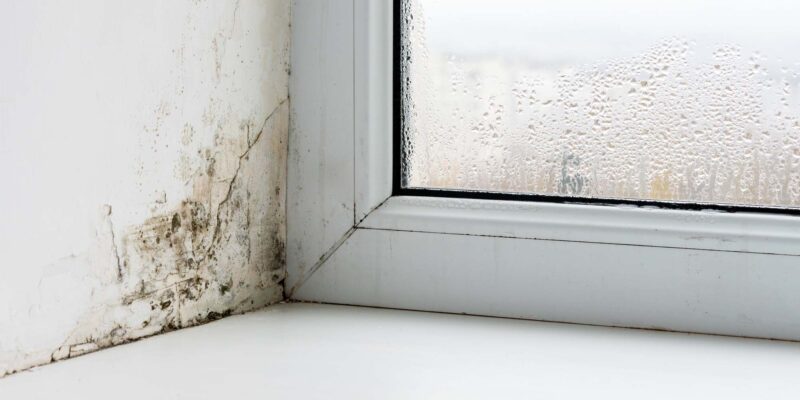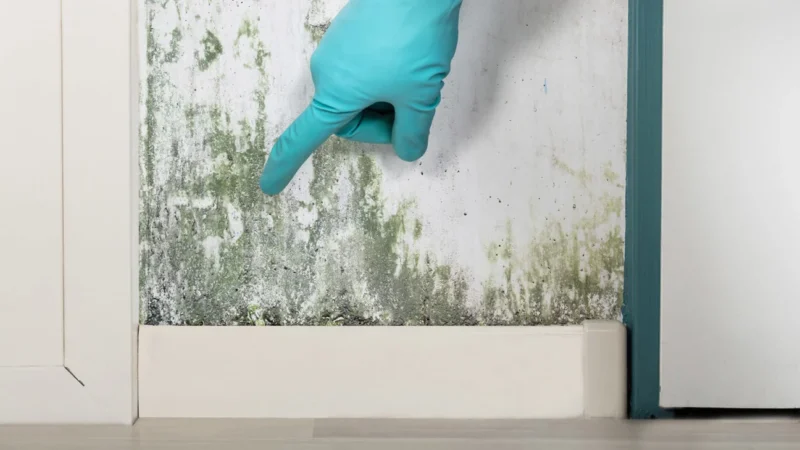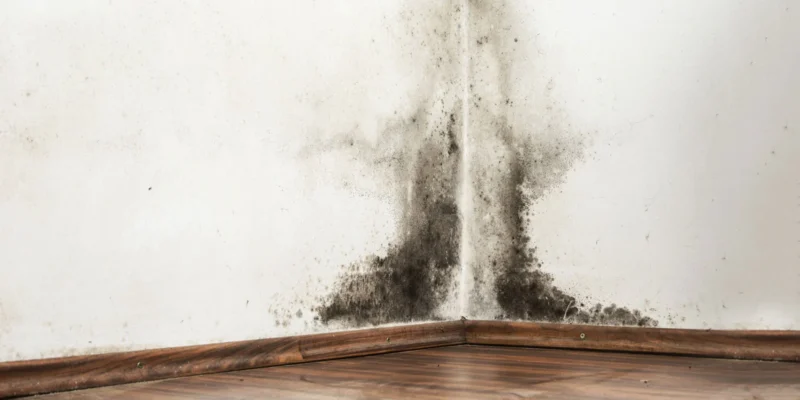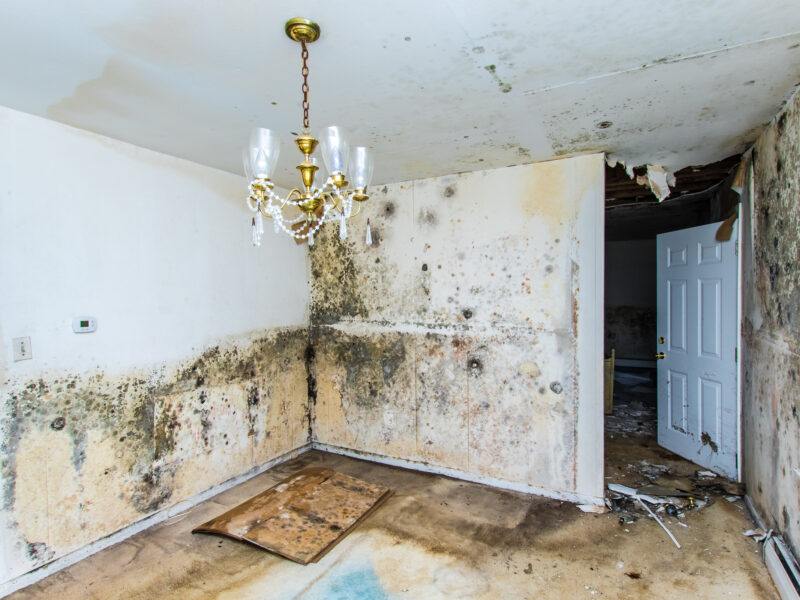Mold is a common household problem that can be troublesome for homeowners. Whether its hidden behind walls or lurking in damp basements, mold can pose health risks and cause damage to your property. In order to protect your home and your family, its important to be proactive in identifying and addressing any mold issues.
This checklist will guide you through the process of finding and dealing with mold in your home, helping you to create a healthier and safer living environment for everyone. From the musty smell in your attic to the black spots on your bathroom ceiling, this guide will arm you with the knowledge and tools you need to tackle mold head-on. Lets dive in and learn how to effectively deal with mold in your house.
Understanding Mold Growth

Understanding mold growth is essential for homeowners in order to prevent and address mold issues effectively. Mold thrives in damp and humid environments, making bathrooms, kitchens, and basements common areas for mold growth. It can also spread through airborne spores, allowing it to easily travel to other parts of the home.
Additionally, mold can pose health risks such as respiratory issues and allergies for those living in a mold-infested house. By being aware of the conditions that promote mold growth and taking proactive measures to address them, homeowners can create a healthier living environment for themselves and their families.
Signs of Mold Infestation

One of the key indicators of a mold infestation in your home is the presence of a musty odor. If you notice a damp, earthy smell that lingers in certain areas of your house, it could be a sign of hidden mold growth. Another warning sign to look out for is visible mold growth on surfaces such as walls, ceilings, or floors.
Mold can appear as discolored patches or spots that may be green, black, or white in color. Additionally, if you or your family members are experiencing unexplained health issues such as respiratory problems, allergies, or skin irritations, mold could be the culprit. Its important to address any potential mold infestation in your home promptly to prevent further damage and protect your health.
Common Areas Where Mold Can Develop

Mold can develop in various common areas throughout your home, requiring vigilance and regular inspection to prevent any health hazards or property damage. The most common areas where mold can thrive include damp basements, poorly ventilated bathrooms, leaky roofs, and water-damaged ceilings or walls. Additionally, mold can also grow on wet carpets, furniture, and even stored items in closets or under sinks.
It is essential to address any moisture issues promptly to prevent mold growth and ensure a healthy living environment for you and your family. Regular cleaning and maintenance of these areas can help to identify and address any mold problems before they become a more significant issue.
Conclusion
In conclusion, finding mold in your house can be a serious concern for homeowners. By following this checklist and taking proactive steps to prevent and address mold growth, you can protect your home and your health. Remember to consult a mold expert if you suspect a larger issue, as they can provide professional guidance and solutions for safe and effective mold removal. Taking the necessary precautions and staying proactive can help keep your home mold-free and a healthy environment for you and your family.


